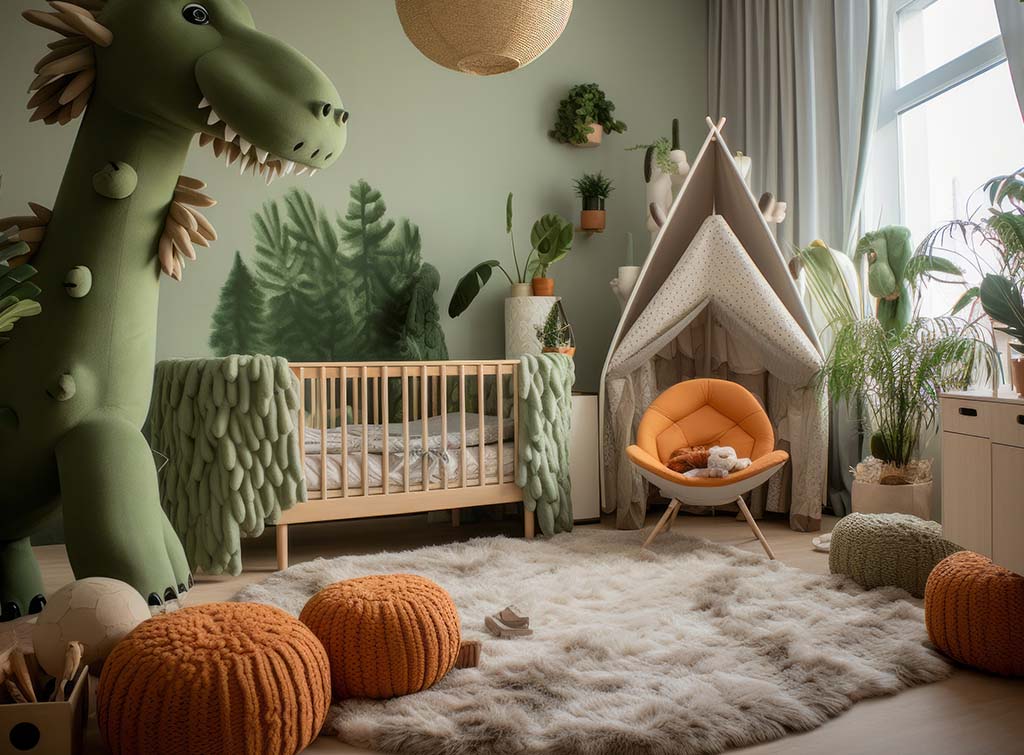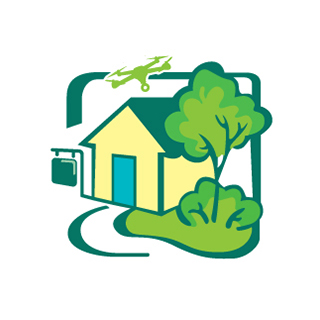
Eco-Friendly Solutions: Energy-Efficient Home Services

Transforming Homes with Eco-Friendly Innovations: Energy-Efficient Home Services
The drive towards sustainable living has propelled the demand for energy-efficient home services. In this article, we explore how these services contribute to creating eco-friendly homes while providing numerous benefits for homeowners.
Assessing and Enhancing Home Insulation
Energy-efficient home services often begin with a thorough assessment of the home’s insulation. Professionals identify areas where insulation may be lacking or compromised, contributing to energy loss. Upgrading insulation, whether through adding more insulation material or sealing gaps and cracks, enhances the home’s ability to retain heat in the winter and cool air in the summer.
Upgrading Windows and Doors for Thermal Efficiency
Windows and doors are common culprits for energy loss due to heat transfer. Energy-efficient home services include upgrading to high-performance windows and well-insulated doors. This minimizes heat exchange, reduces drafts, and ensures a more stable indoor temperature. The result is increased comfort for occupants and reduced reliance on heating and cooling systems.
Implementing Energy-Efficient Heating and Cooling Solutions
A significant portion of a home’s energy consumption is attributed to heating and cooling. Energy-efficient home services focus on upgrading these systems to maximize efficiency. This may involve installing high-efficiency HVAC units, programmable thermostats, or even exploring alternative heating and cooling solutions like geothermal systems or solar heating.
Integrating Smart Home Technology
Smart home technology plays a pivotal role in energy-efficient home services. From smart thermostats that learn and adapt to a household’s patterns to energy-efficient lighting controlled by mobile apps, integrating smart technology optimizes energy usage. Homeowners can remotely manage and monitor their home’s energy consumption, ensuring efficiency even when they’re away.
Installing Energy-Efficient Lighting Solutions
Traditional incandescent bulbs are energy-intensive and contribute to higher electricity bills. Energy-efficient home services often involve replacing these bulbs with LED or CFL alternatives. These modern lighting solutions not only consume less energy but also have a longer lifespan, reducing the frequency of replacements.
Exploring Renewable Energy Sources
For homeowners committed to sustainable living, energy-efficient home services may extend to incorporating renewable energy sources. Solar panels, wind turbines, or hybrid systems can be installed to generate clean energy on-site. This not only reduces dependence on traditional power sources but also allows homeowners to contribute excess energy back to the grid.
Conducting Energy Audits for Customized Solutions
Energy audits are integral to energy-efficient home services, providing a comprehensive overview of a home’s energy usage. Professionals conduct thorough assessments, identifying areas for improvement and recommending customized solutions. This personalized approach ensures that homeowners invest in upgrades that align with their specific needs and priorities.
Promoting Water Conservation and Energy-Efficient Appliances
Beyond heating and lighting, energy-efficient home services extend to water conservation and appliance efficiency. Professionals may recommend low-flow plumbing fixtures, energy-efficient appliances, and water heaters with higher energy efficiency ratings. These upgrades not only save on utility costs but also contribute to a more sustainable and eco-friendly home.
Educating Homeowners on Sustainable Practices
Energy-efficient home services go beyond physical upgrades; they also involve educating homeowners on sustainable practices. Professionals







